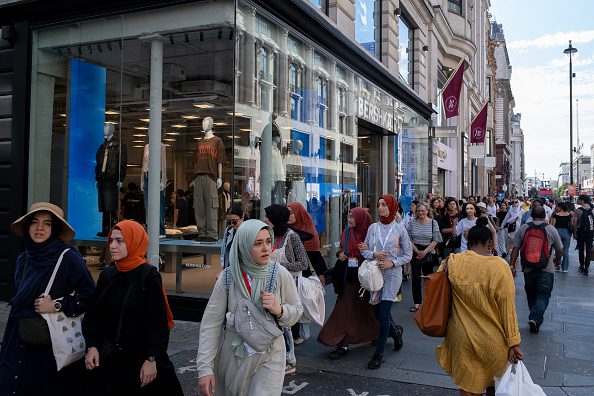
The UK economy stalled in July, marking a sluggish start to the third quarter, following a sharp decline in manufacturing output. The Office for National Statistics reported that manufacturing, which accounts for 9% of the economy, fell by 1.3% with notable reductions in computer, electronics, and pharmaceutical production Breaking News. While the services sector—the largest component—saw a modest increase of 0.1%, the overall slowdown raises concerns about growth in the second half of 2025 World.
Manufacturing Decline and Industrial Pressures
The decline in industrial output highlights vulnerabilities in Britain’s manufacturing base. Factories struggled with supply chain disruptions and rising costs, particularly affecting technology and healthcare sectors Trump News. Economists warn that continued stagnation in production could limit the government’s ability to fund social programs and infrastructure initiatives.
Services Sector and GDP Performance
Despite the weak industrial performance, the UK’s services sector edged up 0.1% in July, slightly exceeding expectations. GDP had risen 0.4% in June, showing resilience in consumer spending and service delivery U.S News. Analysts note that services, including finance, healthcare, and professional services, remain the backbone of Britain’s economy and a key driver for maintaining moderate growth.
Government Spending and Economic Policy
The first half of 2025 saw relatively strong growth, with the economy expanding 0.7% in Q1 and 0.3% in Q2. Government expenditure and exporters’ rush to ship goods ahead of tariff changes contributed to this performance this report. However, rising payroll taxes and minimum wage increases since April, combined with anticipated tax hikes in the November budget, are adding pressure on households and businesses alike another source.
Prime Minister Keir Starmer has touted Britain as achieving the fastest growth among G7 economies, but the challenge remains bridging the gap between optimistic official narratives and the lived realities of citizens, particularly renters and low-income households analysis.
Tenant Crisis and Housing Affordability
Alongside economic stagnation, the tenant crisis has emerged as a critical issue. A Bloomberg Intelligence survey in August found that renters are the most financially anxious, despite making up roughly one-third of British households detailed article. Over the past four years, average rents have jumped 30%, alongside rising costs for food, energy, and essential goods source.
More than a quarter of Britons expressed concern about financial instability, with 16% stating they could not sustain daily life beyond one month if they lost their regular income. Experts warn this fragility could quickly translate into mounting debt or financial crises if unemployment rises report.
Policy Dilemmas for the Labour Government
The Labour government faces a delicate balancing act: raising living standards while managing a slowing economy and escalating housing pressures. Speculation over new landlord taxes in the November budget may exacerbate rental market volatility, potentially driving further increases in rent prices and economic inequality
Analysts predict modest growth for the latter half of the year. Yet the greatest challenge for Starmer’s administration remains closing the gap between official optimism and the harsh financial realities faced by the most vulnerable, especially renters and low-income families Breaking News.
The UK economy’s stagnation in July, coupled with an escalating tenant crisis, highlights the challenges facing both policymakers and citizens. While government spending and service sector resilience provide some support, pressures on households, particularly renters, remain acute. Addressing these issues requires careful economic management, housing policy reforms, and targeted social support to ensure sustainable growth and protect the most vulnerable populations World.




